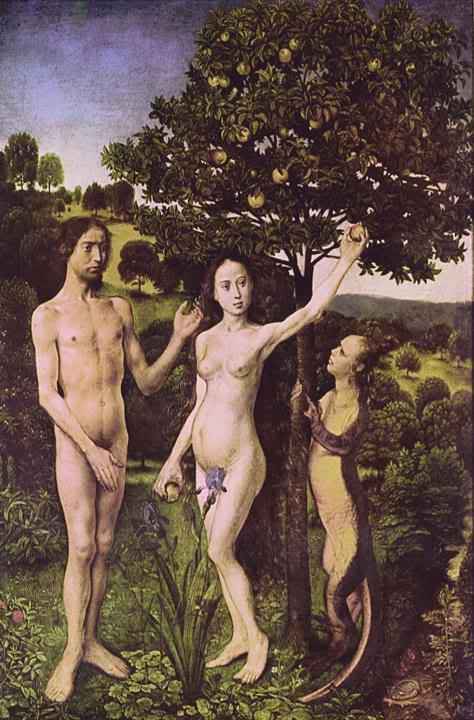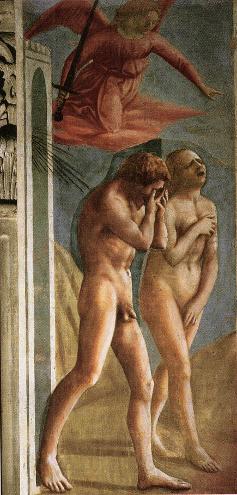
The Journal of Crime & Punishment
__________________________________________
For Advertising in this space please contact the editor.
Say goodbye to emergencies at the checkout – our iPhone and Android apps have everything you need, no matter where you are. Watch the iPhone demo
video
www.kiwibank.co.nz
The CPJ is printed in hard cover, and updated online, therefore advertisements remain in the edition permanently.
This advertisement would currently cost you less than (NZ) $60
Editor,
Malcolm Baker,
Baker Publishing,
44 Spencer Avenue,
Maketu 3189,
NEW ZEALAND.
http://www.biblegateway.com/passage/?search=Genesis+1
Genesis
9 And God said, “Let the water under the sky be gathered to one place, and let dry ground appear.” And it was so. 10 God called the dry ground “land,” and the gathered waters he called “seas.” And God saw that it was good.
11 Then God said, “Let the land produce vegetation: seed-bearing plants and trees on the land that bear fruit with seed in it, according to their various kinds.” And it was so. 12 The land produced vegetation: plants bearing seed according to their kinds and trees bearing fruit with seed in it according to their kinds. And God saw that it was good. 13 And there was evening, and there was morning—the third day.
The Journal of Crime and Punishment- Religion 11th May 2014
It was about this time, although I'd forgotten all about it, that I started work. The dinosaurs became extinct, because God caused, (or did not prevent) a meteor or asteroid to hit the earth. Possibly the dinosaurs had evolved a language, but no morals, so were predating themselves indescriminately, cannibalising each other, and basically going nowhere as a species.
Cannibalising
2. of an animal) eat (an animal of its own kind).
www.paleobiology.si.edu/dinosaurs/info/everything/why_2.html
http://www.youtube.com/watch?v=Y8Ij9xboreA
This may be difficult for you to accept, but before I was born, I lived in a planet very close to where we are now. I say in or on, but not as you know it, because Pluto is very cold, minus 250 degrees.


Pluto (minor-planet designation 134340 Pluto) is the largest object in the Kuiper belt, and the tenth-most-massive body observed directly orbiting the Sun. It is the second-most-massive known dwarf planet, after Eris. Like other Kuiper-belt objects, Pluto is composed primarily of rock and ice[15] and is relatively small, approximately one-sixth the mass of the Moon and one-third its volume. It has an eccentric and highly inclined orbit that takes it from 30 to 49 AU (4.4–7.4 billion km) from the Sun. This causes Pluto to periodically come closer to the Sun than Neptune, but an orbital resonance with Neptune prevents the bodies from colliding. In 2014 it was 32.6 AU from the Sun.
Discovered in 1930, Pluto was originally classified as the ninth planet from the Sun. The understanding that Pluto is only one of several large icy bodies in the outer Solar System prompted the International Astronomical Union (IAU) to define formally in 2006 what it means to be a "planet". This definition excluded Pluto and reclassified it as a member of the new "dwarf planet" category (and specifically as a plutoid).[18]
Pluto has five known moons: Charon (the largest, with a diameter just over half that of Pluto), Nix, Hydra, Kerberos, and Styx.[22] Pluto and Charon are sometimes described as a binary system because the barycenter of their orbits does not lie within either body.[23] The IAU has yet to formalise a definition for binary dwarf planets, and Charon is officially classified as a moon of Pluto.[24]
In celestial mechanics, an orbital resonance occurs when two orbiting bodies exert a regular, periodic gravitational influence on each other, usually due to their orbital periods being related by a ratio of two small integers. The physics principle behind orbital resonance is similar in concept to pushing a child on a swing, where the orbit and the swing both have a natural frequency, and the other body doing the "pushing" will act in periodic repetition to have a cumulative effect on the motion. Orbital resonances greatly enhance the mutual gravitational influence of the bodies, i.e., their ability to alter or constrain each other's orbits. In most cases, this results in an unstable interaction, in which the bodies exchange momentum and shift orbits until the resonance no longer exists. Under some circumstances, a resonant system can be stable and self-correcting, so that the bodies remain in resonance. Examples are the 1:2:4 resonance of Jupiter's moons Ganymede, Europa and Io, and the 2:3 resonance between Pluto and Neptune. Unstable resonances with Saturn's inner moons give rise to gaps in the rings of Saturn. The special case of 1:1 resonance (between bodies with similar orbital radii) causes large Solar System bodies to eject most other bodies sharing their orbits; this is part of the much more extensive process of clearing the neighbourhood, an effect that is used in the current definition of a planet.